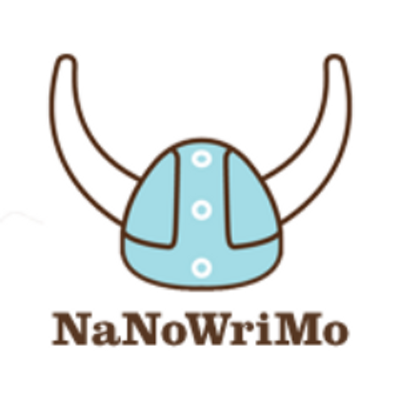- Mention the title, author, and illustrator of the book at the beginning of the essay
- A short summary of the story
- Thesis statement
- A description of the artwork (think about art terminology you have learned with Mrs. Ackley over the years: use of color, lines, brush strokes, etc.)
- Cite the Caldecott criteria by explaining why you consider your selection to be "the most distinguished," how the illustrations help interpret the plot, why the artistic techniques used are superior to the other books, etc.
- Cite a professional review or quote the author/illustrator*
- EXTRA CREDIT: Insert a picture of the book cover at the top of your essay (1 point)
Here is an example of the writing I did for my favorite 2014 Caldecott pick, Journey by Aaron Becker:
Mrs. Shaum's pick for the 2014 Caldecott: Journey by Aaron Becker
(Note: This is my selection for the Caldecott from three years ago so as not to have my opinion influence your choice)
When a young girl is desperate for some attention from her family but they appear to be too wrapped up in their own lives to notice her, she draws herself into an imaginary land and can get herself out of any predicament with just a few lines drawn from a magical red crayon, invoking a nod to the classic children's book, Harold and the Purple Crayon by Crockett Johnson
Journey by Aaron Becker is an absolutely stunning, heart-skipping wordless picture book that deserves to win the 2014 Caldecott medal. It will make you gasp at its beauty and feats of imagination. What is so captivating about this picture book is the variety of influences you see in Becker's art, namely the Eastern influences, especially on the first full page spread where our protagonist enters the land of her imagination and you see paper lanterns strewn about the forest. That spread will make the reader's eyes bulge in wonder and heart skip a beat at the awe-inspiring transition from a colorless, depressing world to an adventurous, fantastical one. In going from one world to the next, the reader experiences a delightful, soul-stirring surprise.
To examine Becker's art further and noting why it should be considered distinguished, one merely has to look at the level of detail in his pen and ink/watercolor illustrations. In poring over the architectural marvels Becker created in this book, one would almost assume he had a background in architecture, and yet, his illustrations are so fantastical that his artistic abilities are likely too whimsical and outlandish to be of any practical use in the field of architecture.
In considering Becker's level of detail in the setting, one also has to consider another curiosity in his artwork and that is the lack of detail in the faces of the people he draws, namely the little girl who goes on this journey. This could be cause for criticism, however, I see it more as the artist's way of not imposing this journey on any one person -- it is, in essence, all of our journeys.
As a wordless picture book, Journey has all the things the Caldecott committee is looking for: excellence of artistic techniques, the use of illustrations to tell a story, timelessness, and appeal to a child audience. Becker himself says that the perfect audience for this book is a child who is "curious...inquisitive and maybe someone who's a little quiet and can have that time to themselves to look through something and find the details." And I have to say, those are all qualities of a really great Caldecott judge as well.
*Places to find professional reviews:
Kirkus
The Horn Book
School Library Journal
The New York Times
Publisher's Weekly







